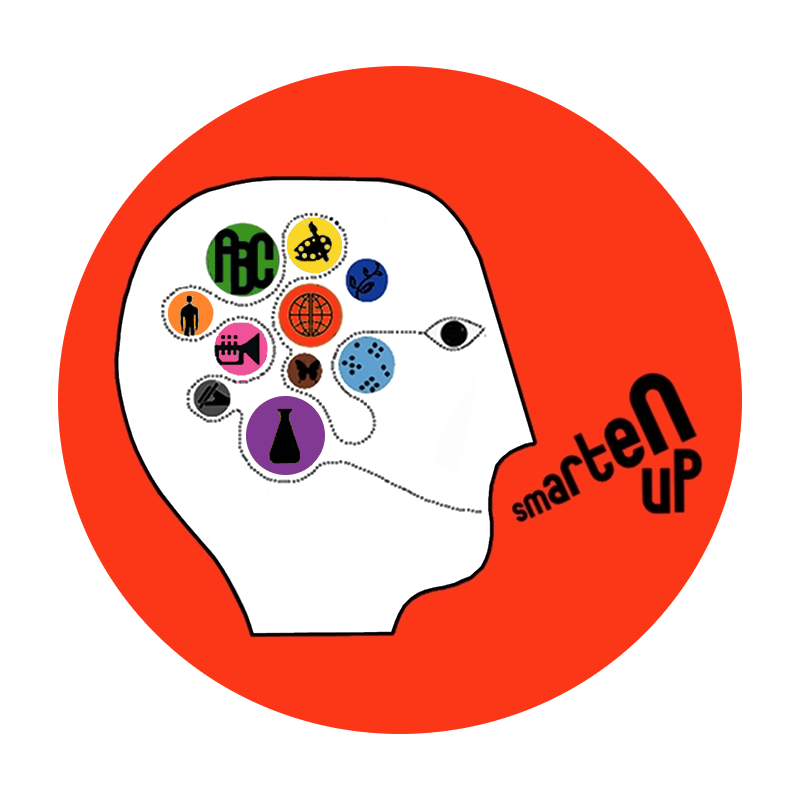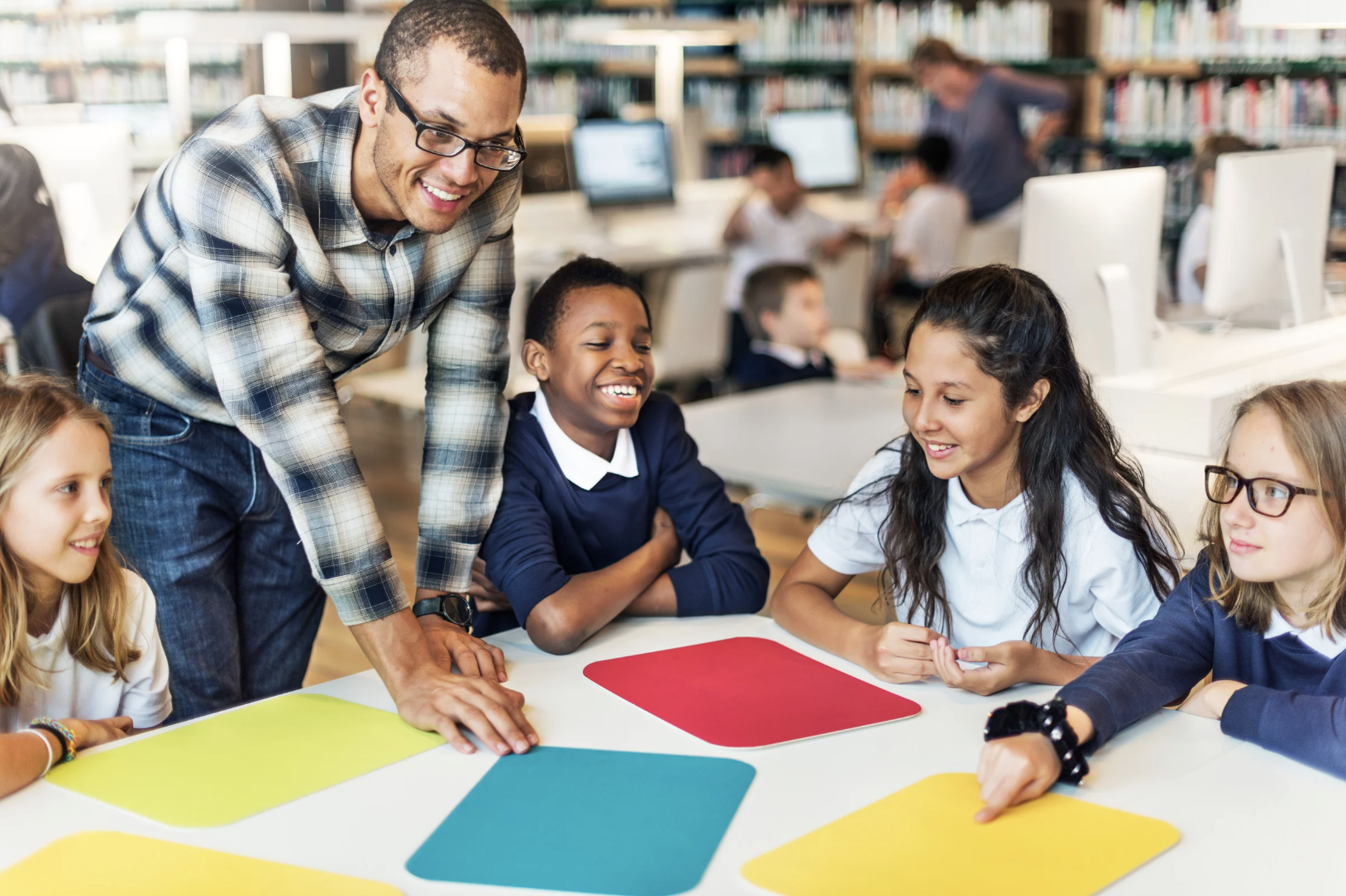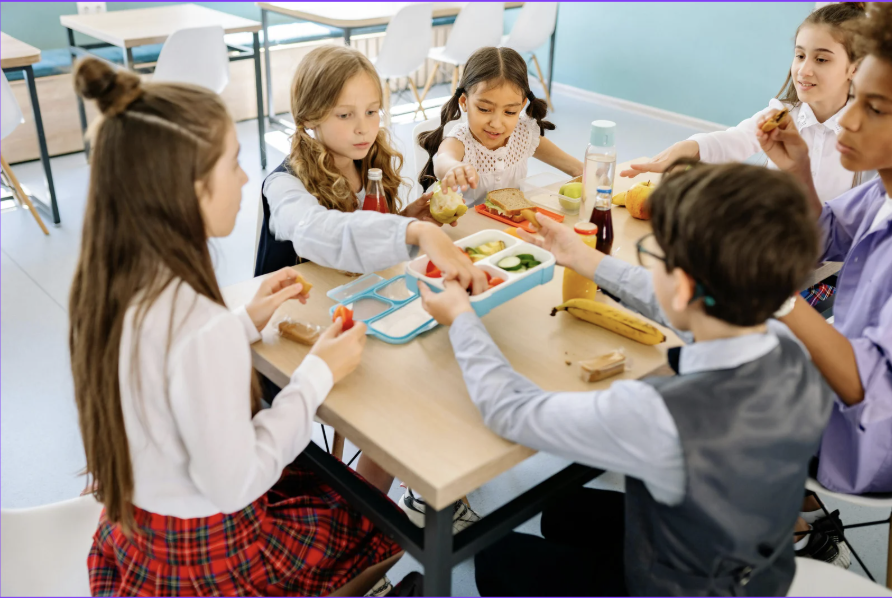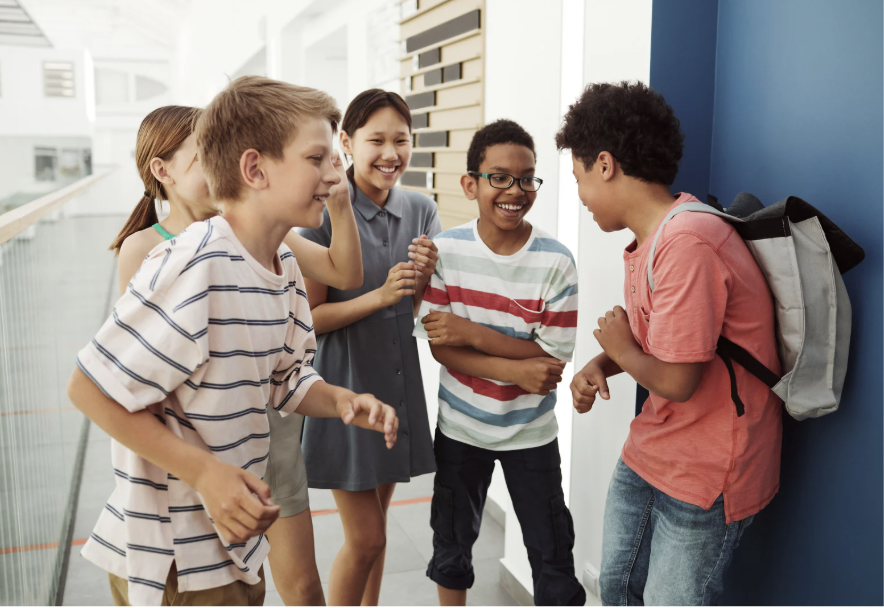If you’ve ever watched a student stare at a blank planner trying to remember their homework, forget an assignment that was finished but never turned in, or melt down over a long-term project, you’ve witnessed executive function skills — or rather, a lack of them. These mental processes—planning, organization, time management, impulse control, and flexible thinking—are the brain’s “air traffic control system.” They help students manage tasks, regulate emotions, and adapt when things don’t go as expected. While some lucky children seem to develop these skills naturally, most need explicit support from the adults in their lives. The good news: executive function skills can be taught, modeled, and strengthened over time.
1. Planning and Task Initiation
Students often struggle not because they lack ability, but because they don’t know how to start. Breaking big assignments into smaller steps is a powerful intervention. Parents can guide children to list out each component of a project and estimate how long each part might take. Teachers can offer graphic organizers or sample timelines. Even a simple daily “top three tasks” list helps students prioritize and practice structuring their time.
2. Organization
Messy backpacks and scattered papers are more than a nuisance—they’re signs of a skill still developing. Adults can help by creating consistent systems: one folder per class, a color-coded binder, or a single place at home where school materials always live. Regular “reset” routines, such as a Friday backpack clean-out, prevent chaos from building up. For younger students, visual labels and checklists work wonders.
3. Time Management
Students often underestimate how long work will take, leading to stress, rushed assignments, or late-night homework battles. Timers can be transformative. Using a simple 10–15-minute countdown encourages focus while giving students a realistic sense of time. Parents might help students map homework into blocks; teachers can model backward planning for due dates. Over time, students learn to pace themselves and reduce procrastination.
4. Self-Monitoring and Emotional Regulation
The self-awareness to understand how they’re doing—academically and emotionally—is key to student growth. Adults can model “thinking aloud,” showing the self-check process. Phrases like “Let me reread that to make sure it makes sense” or “I’m feeling frustrated, so I’m going to take a quick break” help students internalize these strategies. Teaching calm-down techniques (deep breathing, stretching, or taking a brief walk) gives students tools to use independently.
5. Cognitive Flexibility
Schedules change, instructions shift, and sometimes the plan just doesn’t work. Students who can adapt handle school—and life—more smoothly. Encouraging kids to brainstorm multiple solutions to a problem or reflect on what they might try next time builds flexible thinking. Teachers can normalize mistakes as part of the learning process.
Ultimately, strengthening executive function isn’t about making students perfectly organized or rigidly structured. It’s about giving them the tools to manage their responsibilities with increasing independence. With steady support, patience, and consistent routines, students can grow these essential skills—and feel more confident in the classroom and beyond.










